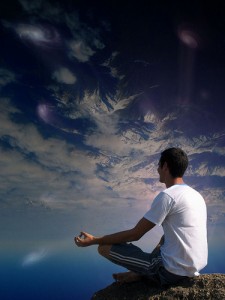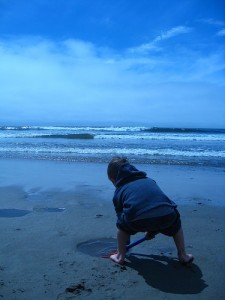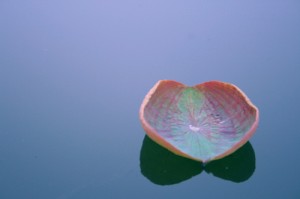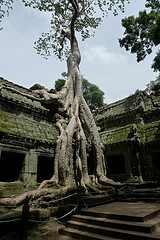The Breath of Life is the fundamental manifestation of the vibrancy of consciousness itself. That self-sustaining, self-organizing capacity of pure being is totally potent and has present in it an unimaginable possibility. The Breath of Life has an existence that is independent of and transcendent of each of us. It permeates us and exists within us for a time. When it leaves us, it doesn’t end, and it is in no way diminished.
The object of our meditation is to cultivate an awareness of the Breath of Life, which is the essence of our life. At the level of the individual, it is known as kundalini. It is the ground of our physical existence, the vibrancy of our mind and emotions, and the field of experience in which we move. We work to be in contact with the Breath of Life, the abundance from which the whole universe has poured forth. In practicing meditation, we are committed to becoming aware of that abundance and animating it in the field of our experience.
To be in contact with the Breath of Life, the kundalini energy circulating within us, is to appreciate that it is not our breath we breathe, but the Breath of God. When we are in touch with the Breath of Life within us, we recognize that our body is a blessing–it’s not ours. Our mind is not ours–it is with us in a place and for a time. It has an intention, and it’s important that we are mentally aligned with that intention and committed to expressing it in our life.
If we are in contact with the abundance at our core, the quality of our life is transformed, and every life we come into contact with is blessed. We come to appreciate the interconnectedness of all human beings and the whole planet. We understand that there is a profound possibility, and that saves us from boredom and clears away tension, misunderstanding and confusion from our heads, hearts and bodies.
If you’re interested in hearing more on this subject, I’ll be giving a talk on Breath & Circulation of the Energy in Meditation on Saturday, February 19, at The Movement Center in Portland, Oregon.










